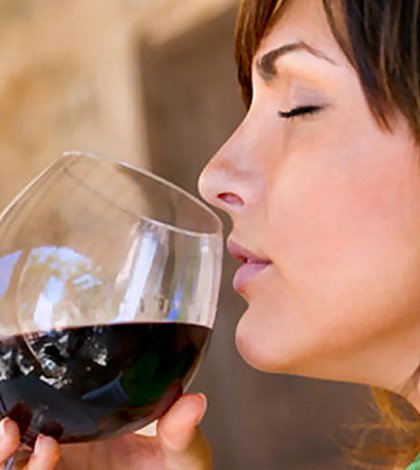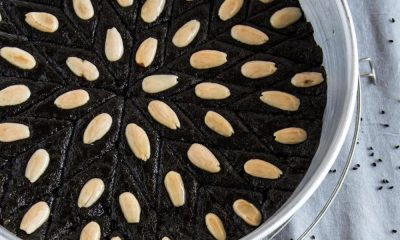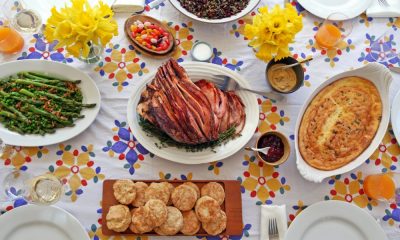Wine lovers are very skeptical about the type of liquor they drink. For them it is not just a question or how expensive the wine is, it is more up to what extent the wine has matured, and how vintage it is. One of the most frequented practices of wine lovers is “tasting” the wine before actually drinking it. For them it is almost a religious process, and much required to be done before savoring the fine fragrance of exotic wines. If you are a wind lover, here are a couple of pointers which can help you with your wine tasting activity.
Choosing the correct environment
Tasting wine is not the same as tasting diet Coke. It is an activity which requires the correct state of mind. A crowded or noisy place is a distinct turn off, while restaurants and eateries filled with tangy or oily aromas of greased hamburgers should also be avoided. Odors can affect and destroy the taste. What you actually need is the quietude – an unhurried place, plenty of time, quiet surroundings, and a bottle of finely matured wine. And it does not end there. The wine glass, or rather the “goblet” is very important too. It should not be too small, or too big. It should not smell of detergent. The goblet should be totally clean – free of dust.
Chilling the wine
The taste of wine varies with temperature. Certain wines are matured specially to be drunk at room temperatures, while a few special types have to be sufficiently chilled before consumption. It is all to do with the taste. If a wine is to be drunk at room temperature and is served a bit chilled, warm it up with your hands by covering or cupping the goblet. If the glass appears to be a bit musty, do not rinse it with water if done previously, but rather rinse it with a very small quantity of wine. Swirl the wine around the goblet so the inner surface become wet with wine. This is actually known a “conditioning the wine”. Also, try to avoid wearing string perfumes while tasting your wine.
Appreciating the wine
Ideally, the glass should be filled just about one thirds full, leaving the rest empty. Look down straight into the glass, and hold it up to the light by tilting the glass slightly, so the wine can roll around the edges. This allows you to observe the color change in wine. Alternately, you should also look straight down into the glass and observe the hue and saturation of the wine. Each wine has a distinct saturation, taste, aroma, and thickness, which remains unique as per its maturation process. A deeply saturated and purple-and-black color might indicate a zinfandel or a syrah, while a much lighter and paler brick shade could well be sangiovese or pinot noir.
Urvi Tandon





















